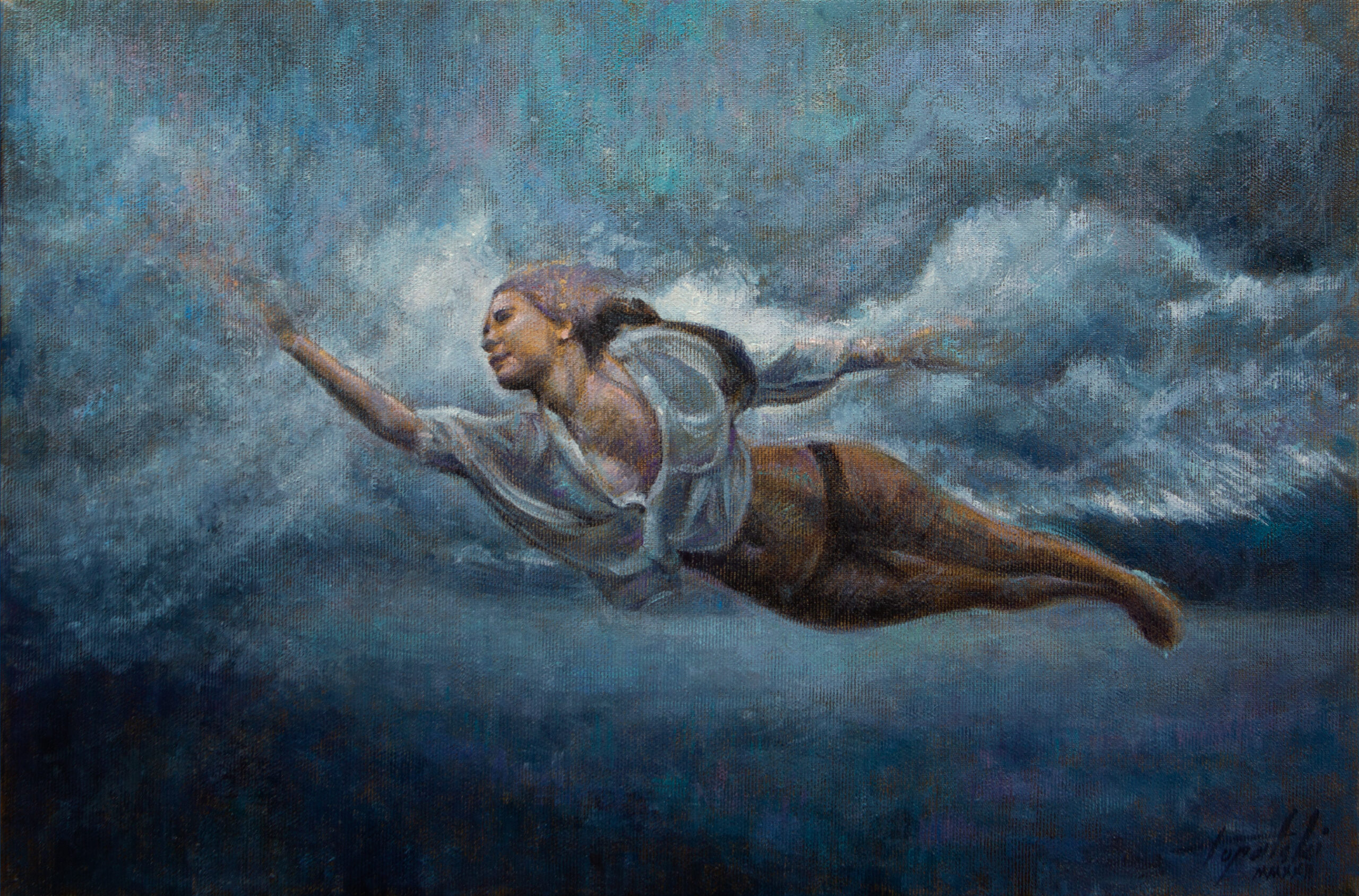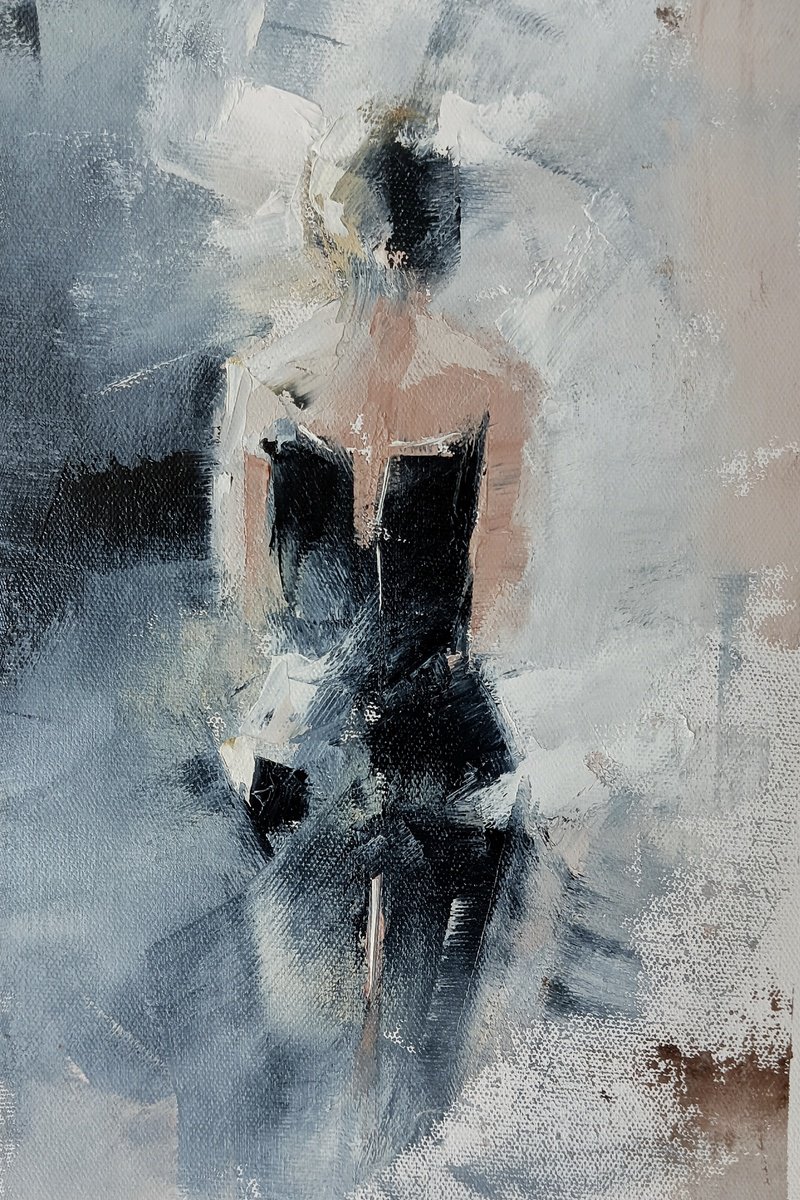How Figurative Oil Painting Changes Standard Artistic Expression
How Figurative Oil Painting Changes Standard Artistic Expression
Blog Article
The Evolution of Figurative Oil Paint: Recognizing Its Historic Relevance and Modern Interpretations
The advancement of metaphorical oil painting functions as a compelling lens whereby to examine the interplay in between imaginative expression and historic context. From the careful naturalism of the Renaissance to the emotive power of the Baroque, each era has actually contributed layers of meaning and strategy to this ageless medium. Contemporary musicians, attracting from this rich heritage, are currently reinterpreting the human number in manner ins which test conventional narratives. As we discover these transformations, one should think about how the discussion in between present and past informs not just artistic technique however likewise societal representations in a significantly complicated world.
Beginnings of Metaphorical Oil Painting
The beginnings of figurative oil paint can be traced back to the very early Renaissance in Europe, particularly in the 15th century. This period noted a considerable departure from the inflexible types and level representations particular of medieval art. Artists started to explore naturalism, highlighting the human figure and its emotional expression. The advancement of oil paint permitted higher deepness of color and information, enhancing the realism and vibrancy of their work.

In this transformative period, figures were commonly shown within contextually abundant settings, showcasing not just their physical characteristics but also their mental states. Leaders such as Jan van Eyck and Titian used the tool's flexibility, employing layering techniques to attain brightness and structure. This development facilitated the representation of complex materials and the subtleties of complexion, contributing to the growth of portrait and narrative scenes.
Moreover, the Renaissance emphasis on humanism cultivated a recognition for individuality, which in turn affected artists to develop even more dynamic and relatable numbers - figurative oil painting. Consequently, figurative oil paint emerged as an effective vehicle for narration and emotional involvement, preparing for future artistic motions and designs
Secret Historical Motions
Significant historic activities have formed the evolution of metaphorical oil painting, each adding unique approaches and techniques that broadened the tool's possibilities. The Renaissance noted a pivotal moment, stressing realism and the human type, with musicians like Leonardo da Vinci and Michelangelo pushing the borders of anatomical accuracy and viewpoint. Following this, the Baroque era brought remarkable contrasts of light and darkness, exemplified by Caravaggio, who instilled spiritual themes with intense emotionality.
The 19th century presented Romanticism and Realistic look, where artists such as Delacroix and Courbet challenged timeless ideals, concentrating on private expression and day-to-day life. The advent of Impressionism additionally changed the medium by emphasizing the impacts of light and shade, leading to a departure from conventional depiction.
In the very early 20th century, activities like Expressionism and Cubism redefined figurative painting with abstraction and the expedition of psychological deepness. Each of these movements not only showed the societal modifications of their times yet also prepared for contemporary interpretations. The interaction in between these historic movements has produced an abundant tapestry of designs and ideologies, affecting contemporary musicians in their search of capturing the human experience on canvas.
Methods and Materials Development

Throughout the Baroque period, techniques such as chiaroscuro and sfumato emerged, boosting the emotional resonance of figurative compositions. Artists started to try out lusters and impasto, adjusting texture and brightness. By the 19th century, advancements like using pre-mixed paints in tubes revolutionized availability, permitting musicians to paint en plein air and catch the short lived impacts of light.
The 20th century saw the introduction of synthetic pigments and mediums, which increased the combination Source and changed the uniformity of oil paints. The exploration of brand-new application strategies, such as palette blades and brushes of differing tightness, further varied artistic expression. Collectively, these improvements reflect the advancing partnership between products, strategies, and the artistic vision integral in metaphorical oil paint.

Contemporary Interpretations
Contemporary interpretations of metaphorical oil paint mirror a vibrant dialogue in between custom and innovation, where artists test established norms and check out varied styles. This advancement materializes in various methods, as contemporary artists mix classic methods with contemporary principles, typically resolving social, political, and personal stories.
Many professionals attract motivation from historical works, yet they infuse their pieces with modern perspectives, utilizing the human kind as a car for discourse on culture, gender, and identification. Artists significantly trying out abstraction, distortion, and multimedias, which enables a wider interpretation of the number and its context.
Moreover, making use of dazzling shade combinations and non-traditional structures usually serves to interfere with traditional checking out experiences, prompting critical engagement from target markets. This change in focus extends past looks; it mirrors an expanding recognition of the intricacies of human experience in an interconnected globe.
As figurative oil paint remains to advance, it continues to be an essential medium for exploring the nuances of contemporary life, embodying both a respect for heritage and a dedication to dynamic idea. The outcome is a rich tapestry of expression that resonates with the complexities of the modern-day human condition.
Influence On Modern Art
The impact of metaphorical oil painting on modern-day art is extensive, as it has actually continuously inspired a myriad of imaginative movements and techniques throughout the 21st and 20th centuries. From Expressionism to Surrealism and beyond, the exploration of the human number has actually stayed a main motif, allowing artists to communicate complex feelings and narratives. This emphasis on metaphorical representation has caused a re-examination of typical techniques, leading to cutting-edge techniques that mix realistic look with abstraction.
Additionally, contemporary musicians have actually embraced figurative oil paint as a way to attend to political and social issues, making use of the medium to test understandings of identification, gender, and culture. The revival of passion in metaphorical work in recent years shows a hoping for connection in a progressively electronic globe, where human experience and feeling are critical.
Furthermore, the discussion in between metaphorical oil paint and contemporary art appears in the works of artists such as Kehinde Wiley and Jenny Saville, who make use of historic referrals while instilling their pieces with modern importance. Eventually, figurative oil paint continues to form and redefine modern-day artistic expression, underscoring its enduring value in the art world.
Conclusion
The advancement of metaphorical oil paint emphasizes its historical click here for more value and versatility throughout various imaginative motions. From the naturalism of the Renaissance to the stirring expressions of the Baroque and the cutting-edge techniques of modernity, recommended you read this tool has actually continually changed. Contemporary analyses mirror vibrant shades and unconventional structures, cultivating important interaction with political and social styles. Ultimately, figurative oil painting stays an essential tool for discovering the human experience, reverberating profoundly in today's digital landscape.
The evolution of figurative oil painting serves as a compelling lens through which to analyze the interaction between creative expression and historic context.Considerable historical movements have shaped the advancement of figurative oil paint, each adding unique approaches and methods that expanded the medium's possibilities.As historical activities shaped the trajectory of figurative oil painting, the products and techniques employed by artists have actually additionally undertaken substantial transformations. figurative oil painting.The influence of figurative oil painting on modern art is profound, as it has actually consistently motivated a myriad of creative activities and practices throughout the 20th and 21st centuries.The evolution of metaphorical oil paint emphasizes its historic relevance and flexibility across various artistic motions
Report this page